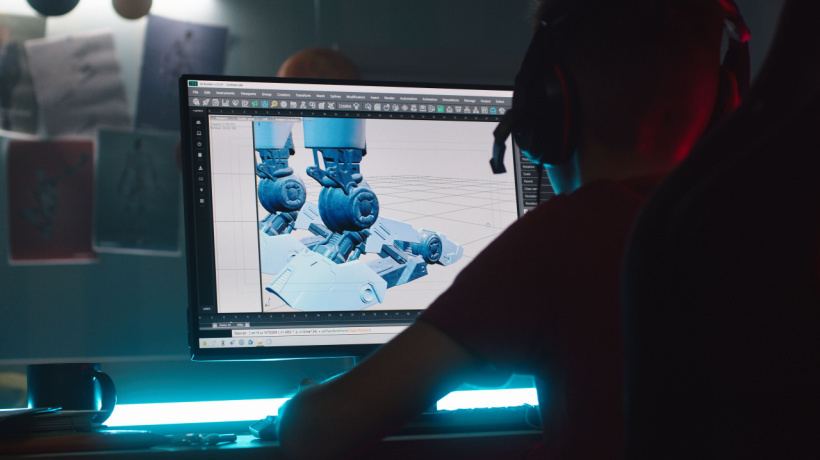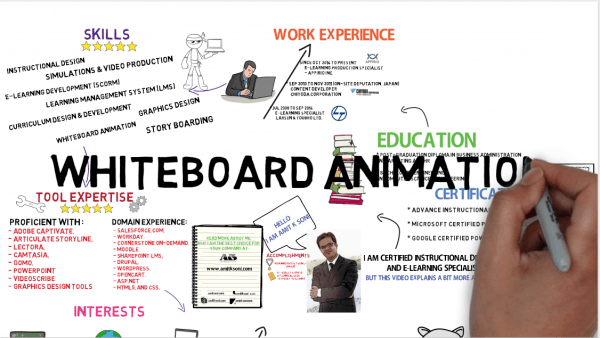Tips On Using Animation In eLearning Courses
When framing an eLearning course, the makers have to ensure that it is crisp and attention-seeking. It must encompass visual imagery and graphics in order to keep readers fully engrossed in the content. To make a course more interactive, employ animated videos and graphics, this helps ease complex subjects, aid learners in retaining the information, and set the tone of the learning environment.
People are generally attracted to things that are animated. Undoubtedly, animation is proven to be one of the best practices in the eLearning industry. However, to get the most out of it, you need to use it in the right and most appropriate manner. Below are 5 tips that will guide you in employing this valuable eLearning tool in your online courses.
1. Animation Must Be Followed By Text Or Audio
Animation has the power to spark our creativity and transport us to a whimsical world. If it is followed by audio narration or background music, it will make the learner understand why a particular animated character is behaving in a certain way, thus letting learners become completely absorbed in a course. A good piece of background music is said to strike a learner’s emotions, thus making online training more engaging.
Animation is not only limited to entertainment purposes. For a layman, animation is like magic, drawings come to life on the screen, characters have a life, and animated films have a sense of understanding and depth of emotions. All this is not easy at all! An animation development company focuses on working closely with distributors, producers, broadcasters, and partners worldwide to produce premium quality animation for broadcast and marketing purposes. Animated eLearning content is the fulfillment of information that happens through electronic innovation. Anyone can access eLearning courses from anyplace and whenever.
On the other hand, the use of text will make things simpler for those who are hard of hearing.
2. Use Animated Graphics In A Storytelling Form
A series of animated graphics if used in the storytelling form can create a more appealing ambiance for learners. Such illustrations, if carried out in a succession, will connect with the learners emotionally. As a result, the learners will get excited about the learning process, resulting in high knowledge retention rates.
3. Use Animation To Simplify Complex Concepts And Terms
Certain technical subjects related to science or biology are hard to understand through plain text or images. By incorporating a series of animated graphics or videos, you can make complex terms easier to understand for learners. However, make sure to make the animations pleasing. Making animated eLearning content encounters that are customized for your students goes under the determination stage, which is vital for eLearning creation organizations.
4. Add Control Options To Animated Videos
To make eLearning course content more effective, you need to add control buttons to your animated videos. This includes giving your learners the power to play and pause a video at their convenience. This also gives them the power to grasp the information through animated videos at their own pace.
5. Focus On Consistency And Using One Animated Topic
To keep the learners fully engrossed in your eLearning course content always focus on using one animated topic with consistency. This will allow the learner to easily focus on the topic for a better learning experience. Too many animations can prove distracting and confusing for the learners; stay away from adding irrelevant information.
Bottom Line
Unquestionably, an animation is worth a thousand pictures. It has immense power to increase the effectiveness of an eLearning course by making it more interactive, engaging, entertaining, and emotionally centered. This visual alternative to text-based content triggers the imagination level of learners, therefore allowing them to retain information for a longer period of time.









